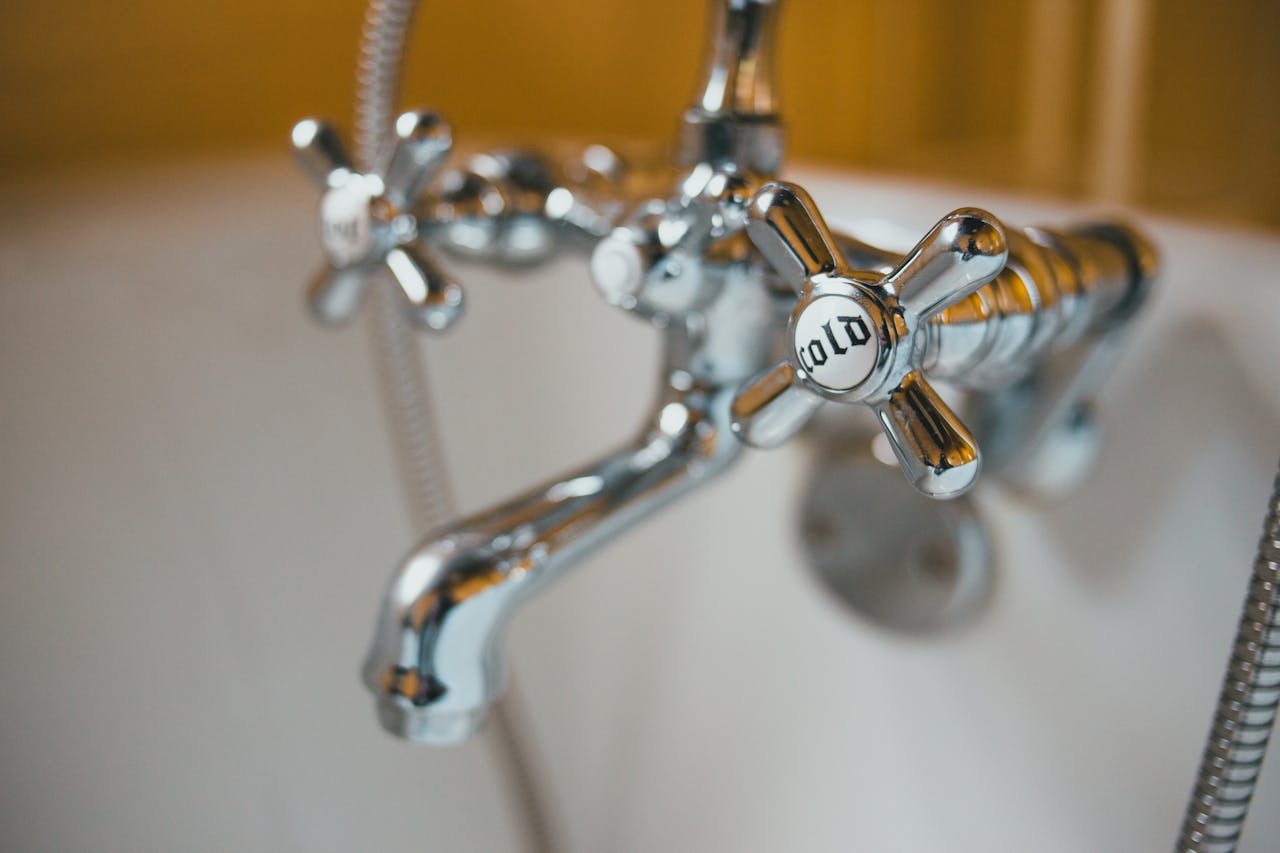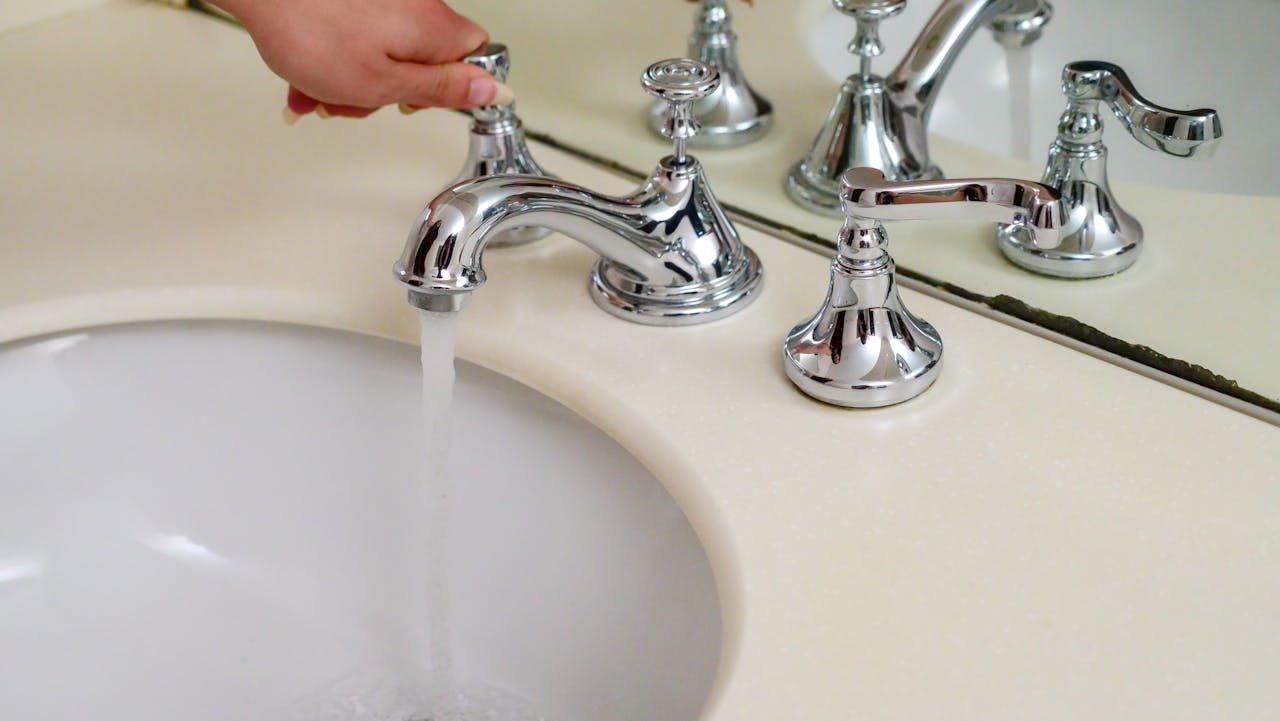
Why Long-Term Water Leakage Can Lead to Insurance Claim Denials
Water damage is one of the most common issues homeowners face, and insurance claims related to water damage can often be a stressful process. However, not all water damage is treated equally by insurance companies. The difference between sudden, accidental water damage and long-term water leakage can determine whether your claim gets approved or denied.
What is Long-Term Water Leakage?
Long-term water leakage refers to water damage that happens slowly over time. It usually involves leaks that are not immediately noticeable, such as a tiny pipe drip or a faucet that leaks continuously behind a wall. These issues may not be visible at first, but over time, the accumulation of water causes significant damage. Unlike sudden water damage, which is an unexpected event, long-term leakage occurs gradually and can go unnoticed until major problems, such as mold, rotting wood, or structural damage, arise. Because it is a slow and continuous issue, it may not be covered under standard homeowners insurance policies.

Long-Term Effects of Water Damage on Your Home
While small leaks might seem like a minor inconvenience, they can lead to serious, long-term damage if left untreated. Water damage does not only affect the immediate area where the leak occurs, but it can also spread to other parts of your home over time. Here are some of the long-term effects homeowners should be aware of:
1. Structural Damage
Water has the potential to weaken the structural integrity of your home. Over time, persistent leaks can lead to rotting wood, weakening support beams, and compromising the foundation. If left unchecked, this damage can become severe and costly to repair. In some cases, structural damage can even make the home unsafe to live in.
2. Mold and Mildew Growth
One of the most common long-term effects of water damage is mold growth. Mold thrives in damp environments, and persistent moisture can create the perfect conditions for it to flourish. Mold can cause a variety of health issues, including respiratory problems, allergic reactions, and skin irritation. Additionally, mold can spread quickly and become difficult to remove, making it an expensive and time-consuming problem to address.
3. Electrical Hazards
Water can damage electrical systems in your home, which can pose serious safety risks. If water seeps into electrical wiring or outlets, it can lead to short circuits, electrical fires, or even electrocution. This type of damage is particularly dangerous because it may not be immediately noticeable, but it could lead to catastrophic results if not addressed.
4. Decreased Property Value
Persistent water damage, especially if it leads to visible issues such as mold or rot, can significantly decrease the value of your home. Prospective buyers are often wary of homes with water damage, as it signals potential hidden problems. Even after repairs are made, some damage may be difficult to completely eradicate, leaving lasting effects on the home’s marketability.
5. Increased Repair Costs
What starts as a small leak can quickly snowball into much more extensive damage. The longer the issue is ignored, the more widespread and costly the repairs become. For instance, replacing damaged drywall, insulation, and flooring can become much more expensive once the damage has spread throughout the home. Preventing these issues through regular maintenance and timely repairs can save homeowners significant amounts of money in the long run.
6. Unpleasant Odors
Long-term water leakage often leads to persistent odors that are hard to get rid of. The dampness can cause materials like wood, carpets, and insulation to absorb moisture, resulting in a musty or moldy smell. Even after the visible water damage is repaired, these odors can linger in the home, affecting the comfort and air quality inside.
Why Do Insurance Companies Deny Claims for Long-Term Water Leakage?
Insurance companies tend to treat long-term water leakage differently from sudden, accidental water damage for several reasons. The primary reason is that insurers view long-term leakage as a maintenance issue rather than an accident. Most insurance policies cover damage that happens suddenly and unexpectedly, like a burst pipe or a flood caused by a storm. However, long-term leakage is often seen as something that homeowners should have noticed and repaired sooner.
When evidence of previous water damage is found—such as mold, stains, or rot—insurance companies may assume the issue has been ongoing for a long time. Mold, in particular, is a red flag for insurers. It takes time to develop and often indicates that water has been leaking for weeks or even months. If there is clear evidence of water damage from an earlier leak, even if it was not noticed immediately, the insurance company is likely to deny the claim. This is because the issue is viewed as preventable and part of regular home maintenance, which falls outside the scope of most policies.
How to Prevent Long-Term Water Leakage and Protect Your Home
The best way to avoid long-term water leakage issues is to catch the problem early. Regular maintenance and prompt action can prevent small leaks from developing into major issues. Here are some tips to help avoid long-term leakage in your home:
- Check for leaks regularly: Periodically inspect pipes, faucets, and appliances for any signs of leaks. Even small drips should be addressed as soon as possible.
- Look for water damage: Pay attention to any discoloration on walls, ceilings, or floors. Water stains are an early indicator of leakage that could develop into a more significant issue if left unchecked.
- Fix leaks promptly: If you notice a leak, fix it right away. Delaying repairs can lead to water accumulating behind walls or under floors, potentially causing mold and structural damage over time.
- Document repairs: Keep a record of any repairs or maintenance you perform on your home, especially if it involves water systems. This can help you if you ever need to file an insurance claim in the future.
By staying proactive and addressing leaks promptly, you can minimize the risk of long-term damage and safeguard your home from unnecessary issues.
What Should You Do If You Have Long-Term Water Leakage and Want to File a Claim?
If you have long-term water leakage in your home and are considering filing an insurance claim, it is important to take the right steps to improve your chances of approval. Here are some suggestions:
- Contact a professional: If you notice significant water damage, hire a professional to inspect the situation. A contractor or plumber can assess whether the damage is recent or if it has been ongoing for some time.
- Fix the issue immediately: Even if the damage has been there for a while, make repairs as soon as you discover the problem. Taking quick action can help demonstrate that the damage is recent and not the result of long-term neglect.
- Get documentation: Having documentation from a professional repair company or contractor can provide evidence that the issue was addressed promptly. This can help support your claim if the damage is from a more recent event.
However, even if the issue is fixed, insurance companies may still reject your claim if they find evidence of mold or previous water damage. This is because long-term leakage is generally considered a preventable issue, and insurers expect homeowners to stay on top of maintenance to avoid such problems.
Start Your Quote Today
Our licensed specialist will search for the best insurance quotes and will email you when ready.



